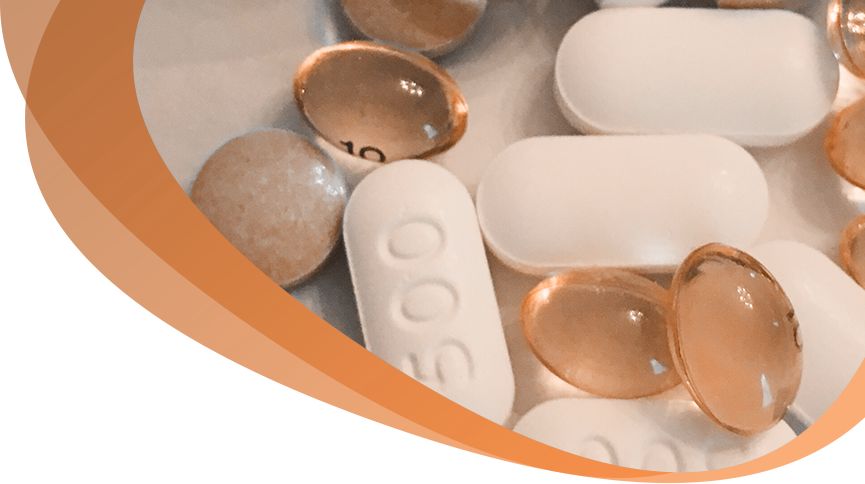Heavy periods is a common concern among women. The medical term is “menorrhagia”.
Causes of Heavy Periods
- Dysfunctional Uterine Bleeding (DUB) is the commonest cause. (about 80-90%). Here no particular causes identified on standard investigations.
- Having abnormal growth in the uterus – The most common non-cancerous (benign) growths are:
- Polyps - small, grape-like growths of the lining of the uterus. They can be removed by a minor endoscopic surgery called hysteroscopic polypectomy.
- Fibroids – very common growths from the muscular wall of the uterus.
- excessive growth of the cells on the lining of the uterus (a condition called endometrial hyperplasia)
- Having a condition that increases bleeding throughout the body – This happens when women are taking certain medicines like blood thinner, or when they have some known medical conditions that cause them to bleed easily.
How Can Gynaecologist Help You?
You may need to see a Gynaecologist when:
- your symptom is severe;
- your bleeding has not improved with the first-line drug therapy;
- pelvic ultrasound scan suggests large bulky uterus, polyp or large fibroids;
- your bleeding is so heavy that it has caused anaemia;
- you have irregular bleeding pattern
- you may benefit from more advanced therapies or surgical treatment.
Dr Johnson will help you to work up the cause of heavy periods and to determine the best treatment strategy for you. Specific treatment will be tailored to the condition and needs of individual woman. It is based on a number of factors, including:
- the cause and severity of the condition
- your menstrual cycle pattern and presence of menstrual cramp
- your tolerance for specific medications and procedures
- your future childbearing plans
- your age, overall health and medical history
- your lifestyle and personal preference
- any risk factors that signify the need for ruling out cancer
Treatment Options.
A pelvic ultrasound scan is one of the essential tests in many cases of menorrhagia. It is particularly useful to look for any abnormal growths in the uterus and ovaries, such as fibroids, polyps in the uterus, thickness of the uterine lining, and cysts in the ovaries.
Medical Treatment - simple oral medications (which are not hormones) that are only needs to be taken at the time of bleeding. Eg Tranexamic acid. Some have the added benefit of relieving painful menstrual cramps; eg mefenamic acid (ponstan)
- hormonal treatment – They are particularly helpful in correcting hormonal imbalance and regulating menstrual cycles. (birth control pills, progesterone (primolut, norethisterone etc)
- a combination of both.
Insertion of a hormonal IUD (Mirena) - This intrauterine device locally releases a hormone called levonorgestrel, which makes the lining of the uterus thin and decreases menstrual flow and cramping
Hospital Procedures.
Hysteroscopy test and surgery
- a same-day procedure for diagnosis and treatment
- rule out the rare possibility of cancer on the lining of the uterus;
- confirm the presence/absence of polyp or fibroid inside the uterus;.
one of the treatment procedures can be done at the time
Hysteroscopic removal of polyp or fibroid (Hysteroscopic polypectomy or hysteroscopic myomectomy) – Any polyps or small fibroids inside the uterus are removed immediately with special devices attached to the hysteroscope.
Ablation of endometrium – The lining of the uterus (endometrium) is destroyed by a special energy device. As menstrual bleeding is caused by shedding of the cells in this lining, removing this layer of tissue is one of the effective cures of heavy period problem.
Removal of large fibroids (Myomectomy)
Fibroids are one of the most common causes of heavy menstrual bleeding. If fibroid is deemed to be the reason for the heavy periods, removing the fibroids is by surgery, is the recommended course of action. Fibroids can be removed using minimally invasive procedures or traditional open abdominal surgery. If the fibroids are small ones inside the cavity of the uterus, they can be removed with hysteroscopy as described above.
Hysterectomy (without removal of ovaries)
Hysterectomy is surgical removal of uterus. It is the definitive cure of menstrual problems for women who have no desire for pregnancies in the future. It offers an opportunity of improving quality of life and sex life, in particularly for women whose symptoms persist in spite of other treatments. It eliminates the chance that menstrual problems or new fibroids will recur.
Hysterectomy does not necessarily mean removal of ovaries, so that women still can have normal hormonal cycles until the age of their natural menopause.








